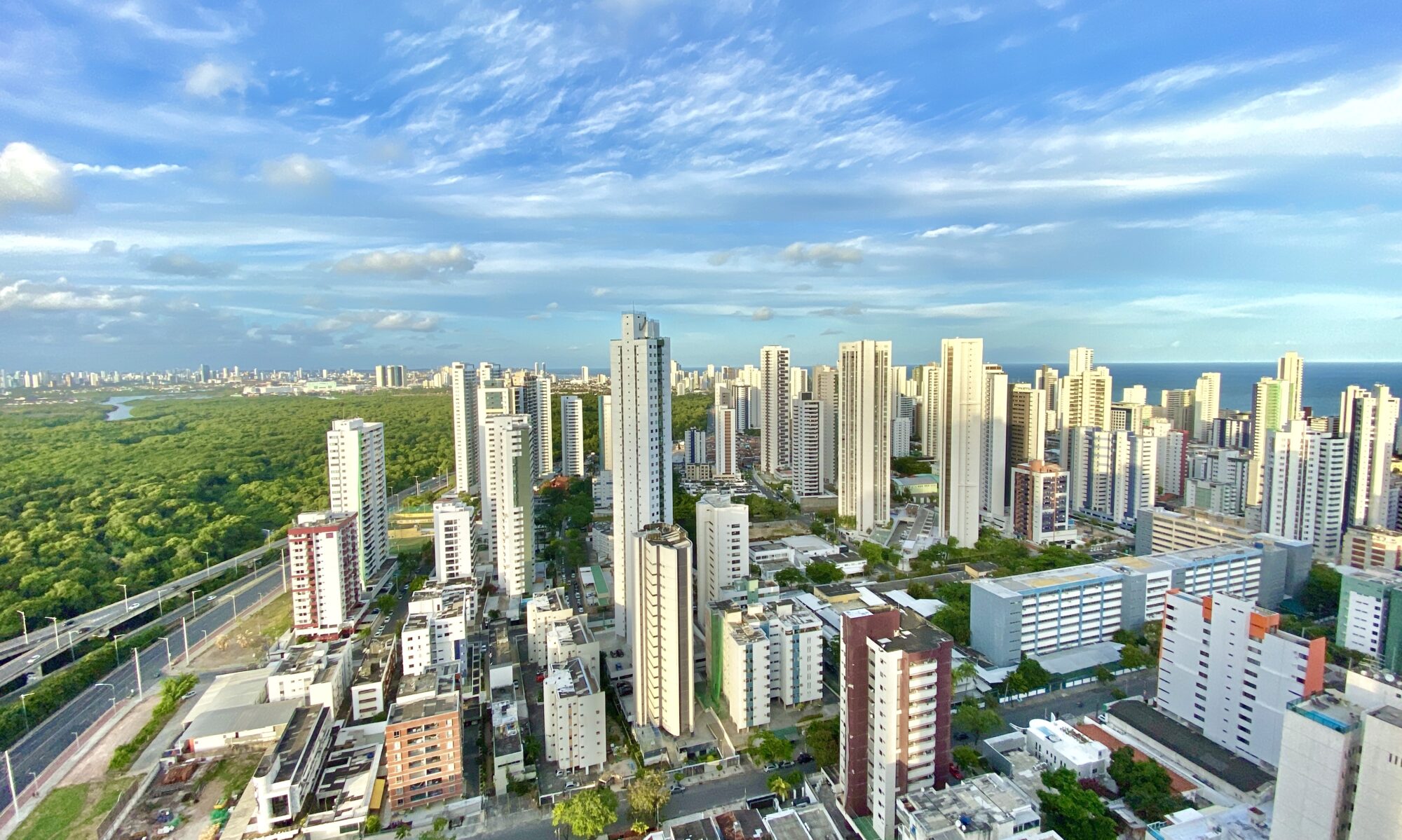Sergipe is the smallest state in the federation and, with an area of 22,050.4 km2, it represents 0.25% of Brazil. Almost entirely covered in scrubland, with a coastal strip of tropical forest apart from beaches and dunes, the state has extensive mango groves. The capital, Aracaju, was one of the first city to be planned in Brazil and was founded in 1855 as the state capital.
Sergipe accounts for approximately 0.40% of Brazil’s GDP, with sugar-cane being its main activity. Vast plantations extend across the region’s fertile soil, producing an average harvest of 1.4 million tons of cane each year. There are also plantations of cassava yielding 617,400 tons per annum and orange, producing 14.4 million fruits which are harvested throughout the year. Because of the small land area, animal-rearing is restricted to a herd of one million cattle and 207,200 sheep. Industrial activity is largely concentrated on agricultural products and leather, the processing of foodstuffs and small-scale textile production.
The soil of Sergipe is mainly massapê which is fertile and rich in mineral deposits such as rock salt and potassium. With extensive reserves of oil and natural gas, most of the state’s development is concentrated on the exploitation of these products, with considerable Federal Government support. However, further efforts are continuing in the planting and processing of sugar-cane.
The first settlement of the region was in São Cristóvão, at that time a small village and the state’s first capital, designated as a National Monument in order to conserve its architecture, which dates from colonial times and includes the Museum of Sacred Art. The state was originally called Sergipe D’El Rey, referring to the Tupi word meaning a type of crab.
Sergipe has a history of struggles and opposition in relation to national sovereignty. Similar to other north-eastern states, it was invaded by French pirates who wanted to exploit king-wood. Military expeditions and action by the Jesuit missionaries between the sixteenth and seventeenth centuries finally put an end to this illegal trade. More recently, in 1938, the bushlands of the Angicos region witnessed the execution of Virgolino Ferreira da Silva known as Lampião, who was the most notorious bandit in the Brazilian outback. He was just and fair-minded but inspired terror throughout the entire Brazilian north-east for a whole decade. Together with his wife, Maria Bonita, and the nine members of his band, the “king of the bandits” was beheaded with extreme violence by the police, who displayed the heads in a gruesome procession along several kilometres of scrubland.
Sergipe is also a festive state. In Estância, for example, there are forty consecutive days of festival in honour of St. John, starting one month before and ending ten days after celebrations have stopped in the rest of Brazil, where the saint is celebrated on June 24th. Some of the most delicious dishes made from fish and crustaceans come from Sergipe, including moqueca de pitu (stew made of freshwater prawn), barbecued crab and fish, enjoyed by both the people of Sergipe and tourists visiting the state’s beautiful beaches. In the beach shacks and seaside restaurants, it is compulsory to order one of the typical dishes of beans, fish or oyster served with their juices, or else one of the typical dishes from the interior of the state, such as paçoca, a delicious mixture of dried meat shredded with cassava flour.

